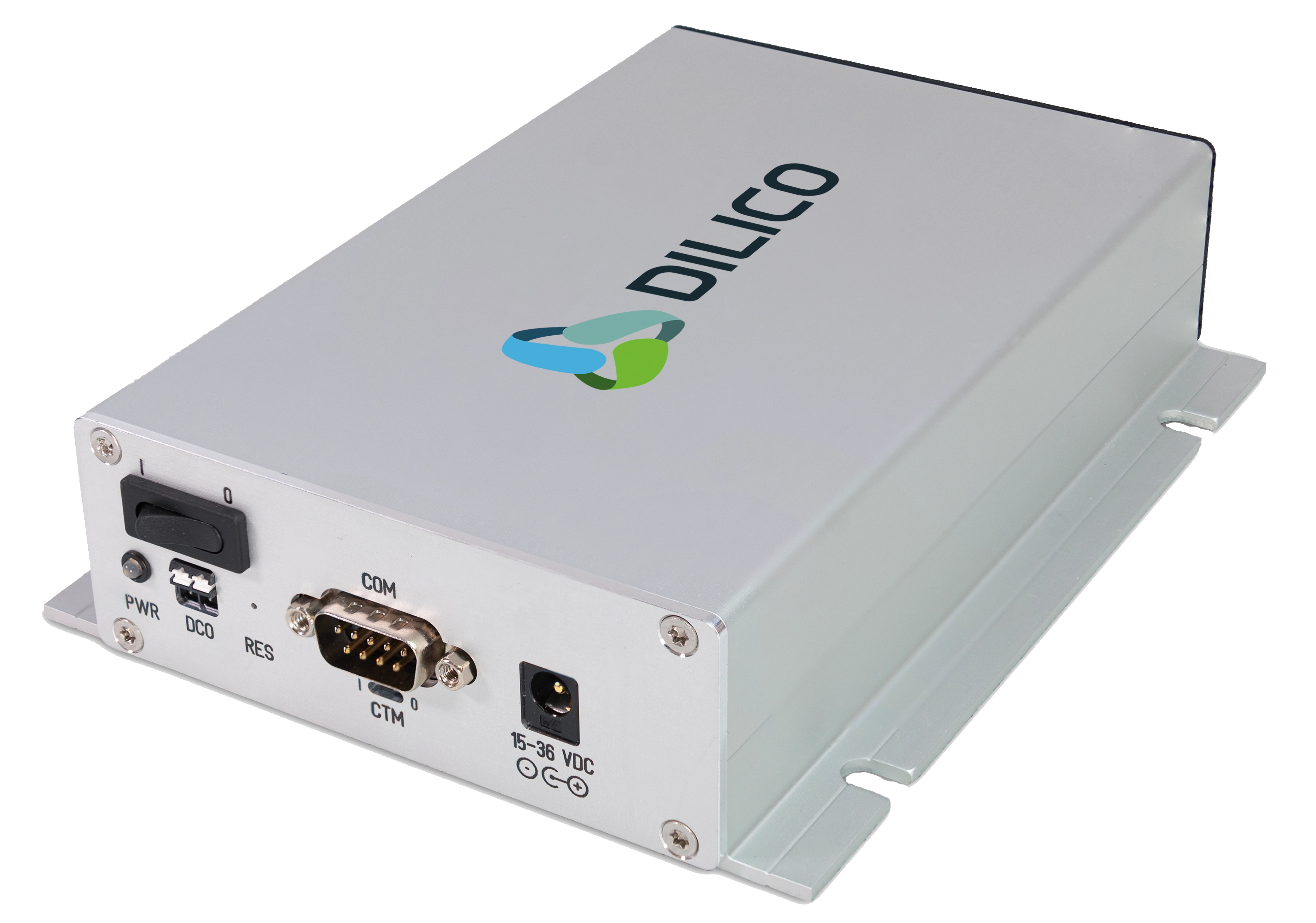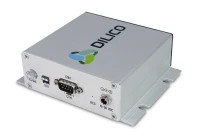- What is cell voltage, and why is it critical to monitor each individual cell in a hydrogen fuel cell or electrolyzer stack?
- Why are both positive and negative voltage measurements important in hydrogen stacks, especially during shutdown or startup?
- What are the technical differences between cable-based and cable-free cell voltage pickup systems?
- What safety features should be included in voltage monitoring systems for hydrogen stacks?
What is cell voltage, and why is it critical to monitor each individual cell in a hydrogen fuel cell or electrolyzer stack?
The cell voltage of a fuel cell is determined by the difference in electrochemical potentials at the anode and cathode. These phenomena are explained in more detail using the example of the PEM fuel cell. Ideally, a PEM fuel cell achieves a voltage of approximately 1.23 V. However, in practical operation, activation losses, ohmic resistance, and concentration losses reduce the cell voltage to about 0.6–0.7 V per cell. Over time, material degradation increases these losses, further decreasing the voltage and reducing overall efficiency.To better understand the cell behavior, especially during startup and under various operating modes, a cell voltage monitoring device is used. This enables a deeper analysis of the cell’s performance and supports the development of optimized operation strategies and improved long-term efficiency.
Monitoring each cell individually helps detect early signs of cell imbalance, localized failure, or hot spots. This ensures uniform performance across the stack, extending system lifetime and reliability.
Why are both positive and negative voltage measurements important in hydrogen stacks, especially during shutdown or startup?
During the shutdown of a fuel cell, uneven hydrogen distribution or delayed inert gas purging can lead to a local reversal of cell voltage individual cells may temporarily behave like electrolyzers. In PEM electrolysis, if shutdown occurs without controlled current interruption and gas removal, a reverse reaction may take place: the cell briefly operates like a fuel cell.During start-up, cells are also sensitive to asymmetric humidification or gas supply.
Therefore, cell voltage monitoring in both directions is essential. It is the only way to detect voltage reversal and critical conditions at an early stage.Bidirectional monitoring enables targeted protective measures and ensures safe start-up and shutdown behavior.
Voltage reversal can cause severe degradation to catalysts and membranes.Proactive bidirectional monitoring prevents such damage and supports safe operation in transient conditions.
What are the technical differences between cable-based and cable-free cell voltage pickup systems?
In fuel cell and electrolysis stacks, a wired version of Cell Voltage Monitoring (CVM) is typically used. These systems are widely implemented, especially in applications where cell voltages are monitored over extended periods and the stacks operate continuously.
In contrast, a Cell Voltage Pick-Up solution is designed for short-term and flexible use. It is particularly useful when stacks need to be replaced frequently due to technical or economic reasons. Such solutions are usually custom-designed, which makes them more expensive. However, the underlying measurement principle remains the same in both cases: the cell voltage is determined by measuring the potential difference between the anode and the cathode
A CVP system with integrated CVM offers potential savings in terms of installation and investment. The CVP/CVM system can also be changed more quickly when maintaining or replacing the stack, reducing maintenance costs and downtime due to minimal installation.
What safety features should be included in voltage monitoring systems for hydrogen stacks?
Safety is a critical aspect in the design of Cell Voltage Monitoring (CVM) systems. To protect fuel cell or electrolysis stacks from overvoltage and under voltage, two complementary protection methods are typically implemented:
Digital protection via CAN protocol:
Voltage limits can be defined in the software through the CAN interface. If the cell voltage exceeds or falls below these predefined thresholds, the system can initiate automatic responses such as alarms, controlled shutdowns, or other protective actions through standardized CAN communication.
Analog protection via dry contact outputs:
Additionally, most systems provide hardware-based dry contact outputs.These outputs are triggered when voltage limits are violated, enabling direct electrical responses such as shutting down the stack or activating externalsafety circuits independent of software logic.This dual-layer protection approach significantly enhances system safety and prevents damage to cells or stacks.Combining software-based diagnostics with hardware fail safe ensures redundant protection critical for mission-critical hydrogen energy systems,especially in mobility or industrial environments.

Content contibuted by DILICO engineering GmbH
DILICO engineering develops and produces measurement technology for monitoring and analysing electrolysis cells, fuel cells, redox flow batteries and batteries. This includes cell voltage monitoring and contacting solutions for cell voltage pick-up, in-situ current and temperature distribution measurements as well as EIS measurements for ageing analysis and evaluation of operational management. Electrolysis test stands for the reproducible measurement and analysis of electrolysis single cells are another of DILICO's areas of expertise.













